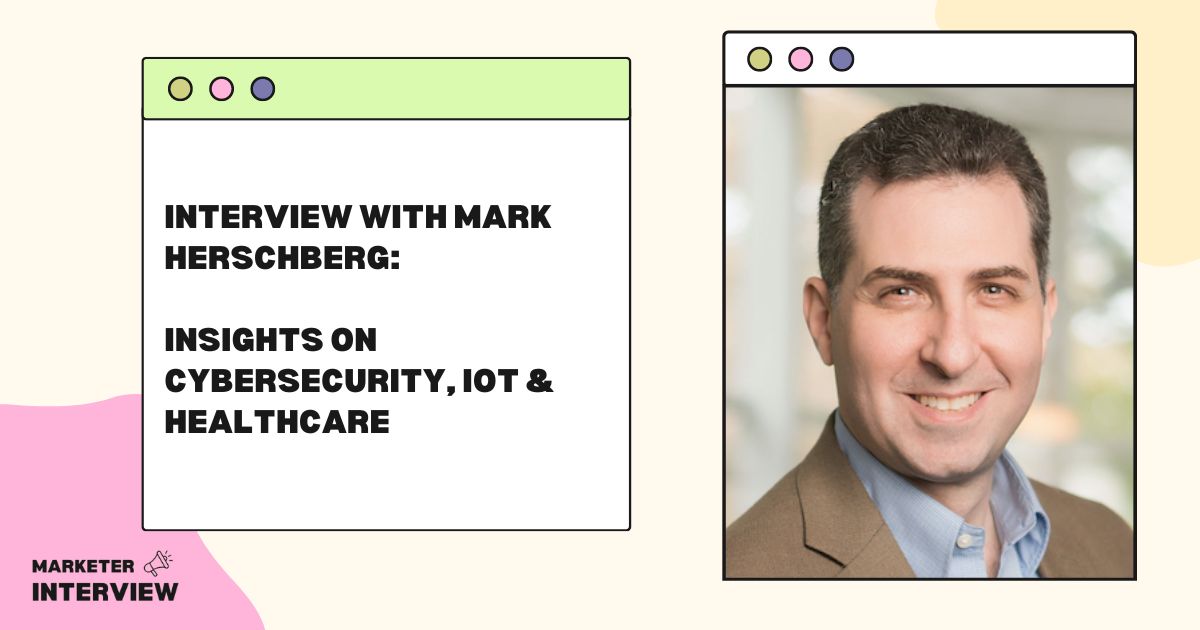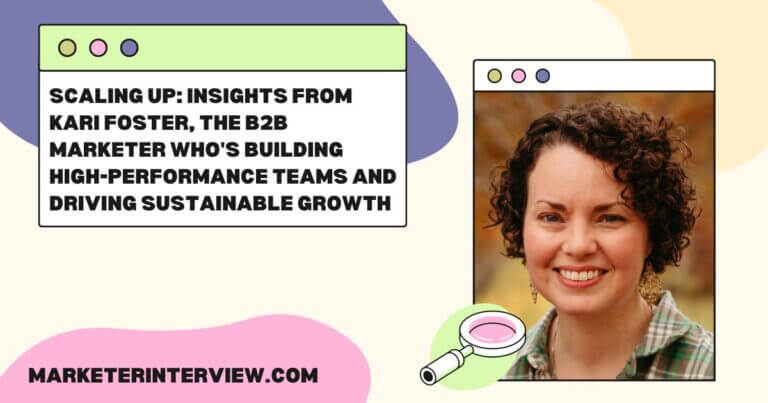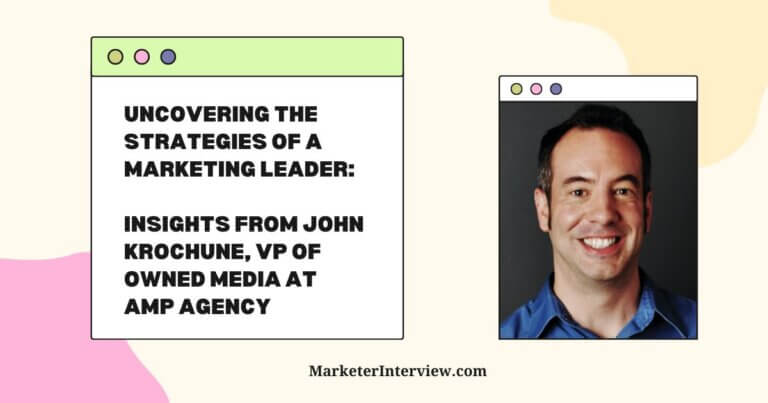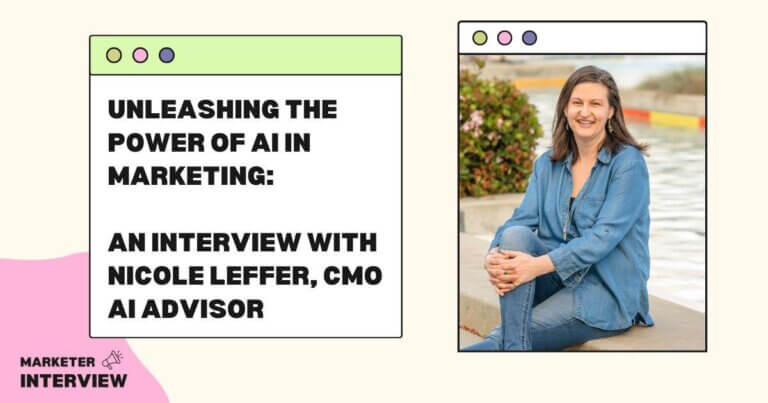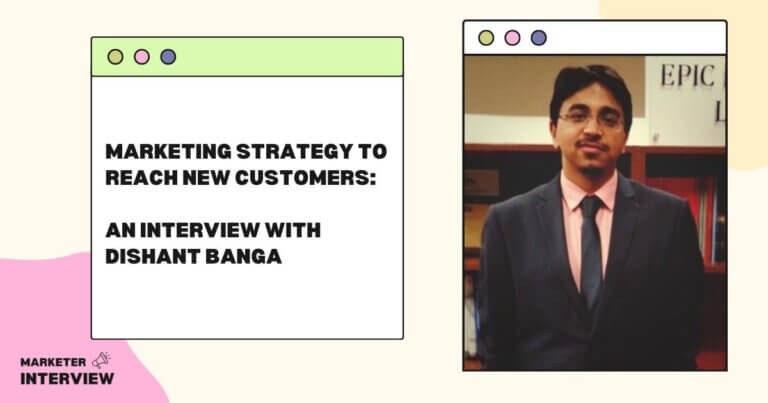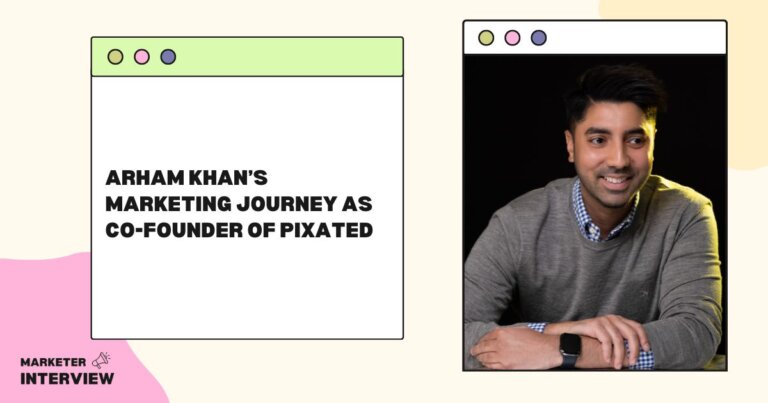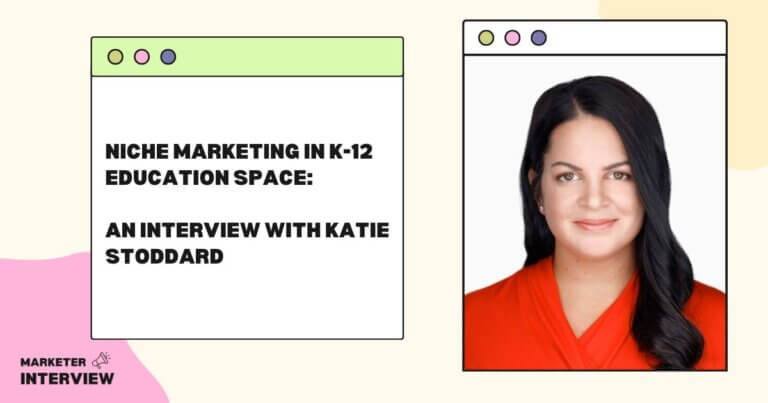Interview with Mark Herschberg: Insights on Cybersecurity, IoT & Healthcare
Read an interview with cybersecurity expert Mark Herschberg on his career journey, challenges launching new products, trends in cybersecurity, and tips for protection.
Today, we have the privilege of interviewing Mark Herschberg, a seasoned executive, cybersecurity expert, and founder of Cognosco Media.
With an impressive track record of starting, growing, and fixing startup companies across various verticals, Mark has bridged the divide between business and technology for over a decade.
He is also the author of The Career Toolkit, which provides readers with the necessary skills and techniques to navigate and thrive in their careers.
In this interview, Mark shares his insights and experiences about his career journey and field of expertise, focusing on cybersecurity, healthcare, and IoT.
Let’s dive in!
Contents
- 1 Can you share with us how you got started in marketing and what inspired you to pursue this career path?
- 2 How have you been able to apply your skills and expertise across such a diverse range of fields?
- 3 What was your biggest challenge when launching a new product or marketplace?
- 4 Can you tell us about a project you’re incredibly proud of and why?
- 5 What are some of the key trends and developments in cybersecurity?
- 6 What are some of the most common misconceptions people have about cybersecurity?
- 7 As a fractional CTO/CPO, what are some of the most important skills you bring to your clients?
- 8 Can you share some of the tools and software you use for your job?
- 9 What’s next for you in your career?
Working in tech, I’ve worked in many verticals, including cybersecurity, big data, labor markets, and marketing.
As I worked through my career plan, I knew I needed to learn marketing. While I did read books and take classes, I also knew working in the field would help my development in that area. Therefore, I specifically sought marketing companies to let me gain first-hand experience in the field.
How have you been able to apply your skills and expertise across such a diverse range of fields?
The fundamentals don’t change, just the domain in which they’re applied.
Marketing is about helping people discover solutions to their needs. But, of course, there are many ways to achieve that. If you can understand how to define the customer’s needs and the solution you offer, then it’s just a matter of selecting the right marketing approach, not unlike picking the right tool from the toolbox once you know the house you need to build.
Technology works the same way: If we can define the problem and need a solution, then the implementation is just the process of selecting the right tools and techniques.
In both cases, using the tool is complex. It involves time, experimentation, and feedback, but it’s doable if the start and end are clear.
If the start and end aren’t clear, you can get lost in the implementation.
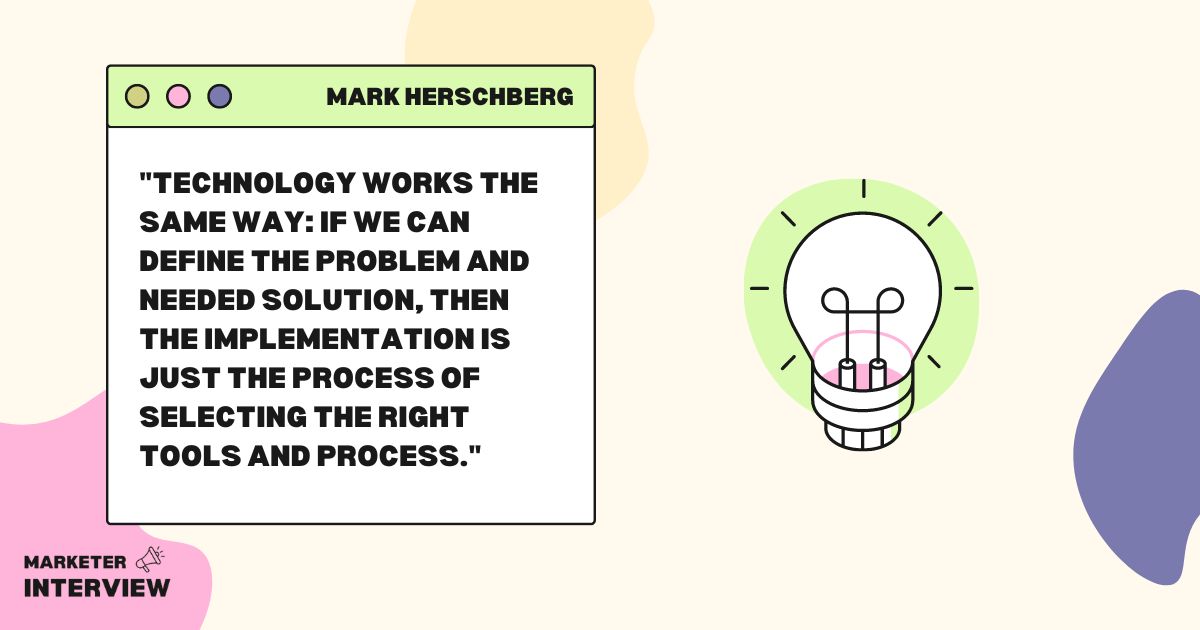
What was your biggest challenge when launching a new product or marketplace?
The most challenging times have been when it’s a new product type, and no segment exists. People may have some need but don’t even know such a solution exists or how to get the most out of it.
Imagine explaining to a company in the 1970s why email would help their business. You need to get them out of their current ways of thinking to have them open to your new solution.
Likewise, building double-sided marketplaces is a very tough challenge. You need to build up supply and demand, but everyone looks and says, “Call me when you have more of the other side.” So you need to develop a growth path carefully.
And, of course, when you do a double-sided market in a new product category, it’s a challenge on top of the challenge. So it’s a good thing I like challenges.

Can you tell us about a project you’re incredibly proud of and why?
I’m excited about my current project, the Brain Bump app. It’s a new type of content marketing that is pull, not push.
Traditionally, marketing has blasted content in emails and social media, throwing it against the wall to see what sticks. It creates a lot of noise in the channel (think about how much bulk email clogs your inbox daily).
This aligns well with evergreen content. Who looks at your email campaign or social media post from ten months ago to see if it could be helpful today? Letting the end user select what they want when they want it, organized by topic instead of time, makes everything they get relevant.
During the process, I’ve had lots of setbacks. For example, while you can easily find Brain Bump on Google Play, Apple still doesn’t list the app correctly on the app store or provide any real support to resolve the issue.
I’ve had to devise innovative ways to let people find and share the app using QR codes and a single website. Limitations can lead to innovation. You just need to be open to creative thinking.
What are some of the key trends and developments in cybersecurity?
We will see much more sophisticated cybersecurity attacks in the coming years.
Some of this will come from more advanced, dynamic code; others from more personalized and targeted social engineering. All this will be underpinned by AI and the increasingly sophisticated supply chains of dark markets.
What are some of the most common misconceptions people have about cybersecurity?
There’s no absolute solution that protects you from everything. Security is relative.
Consider your home; if a team of world-class burglars wanted to break in, they could.
You’re probably not worried about them. You’re concerned about random local thieves, so you only have a lock and maybe an alarm system. You don’t have 24/7 armed guards, and you’re ok with that level of protection.
To keep yourself and your business safe, do the following.
- Keep your OS patches up to date.
- Install an antivirus or endpoint detection and response for enterprise systems.
- Use a password manager.
- Turn on two-factor authentication.
As a fractional CTO/CPO, what are some of the most important skills you bring to your clients?
Many people can manage an engineering or product team or lead other disciplines such as finance, operations, or marketing. However, leaders who have experience beyond their silos are missing in many organizations.
When I enter a company, other executives are often shocked that I can understand the processes terminology of their business unit.
This is important because our job – in technology, marketing, finance, or any field – is to be able to work in tandem with other functional areas to deliver value to the customer.
Executives and other leaders need to be able to translate the challenges and opportunities in their unit into models others, without their domain expertise, can understand and act on.
Similarly, when decisions are made in different areas of the business, a business unit leader needs to be able to translate that into specific decisions and activities within their discipline.
I’m typically brought in when companies need change, whether growth or turnaround, after being stuck. My multidisciplinary experience across functional areas and industries allow me to help the business move forward coherently and holistically.
It’s often not just about making product and engineering work better but making it work better for and in conjunction with the rest of the company.
Technology is a field that advances quickly and has a lot of specialized tools. What makes a good police officer isn’t that she uses a taser or DNA testing – things that didn’t exist thirty years ago and may not exist thirty years from now.
Instead, it’s skills like situational awareness, reading people, and a desire to serve. In marketing, newspaper ads gave way to radio, TV, web ads, and social media.
The tool that worked ten years ago may not bring you success today. It might be a different type of marketing, altogether! Likewise, my career success isn’t defined by my software tools but by developing professional skills that transcend any discipline.
What advice do you have for aspiring marketers just starting their careers, and what skills are essential for success in this field?
There’s a reason my book, The Career Toolkit, has the subtitle: Essential Skills for Success That No One Taught You.
Decades of research have shown that these skills are essential for success: career planning, leadership, people management, project management, networking, negotiating, communication, team building, hiring, and navigating corporate culture. Sadly this was generally not included in your education.
Consider: what if you got better at negotiating, and so at age 25, instead of taking a job for $50,000, you negotiate for five minutes and get $51,000 per year? Then, if you stay in that job for the next forty years until you retire, that single five-minute negotiation will have earned you $40,000 more.
Of course, since you’ll take other jobs and raises and negotiate those, learning to negotiate can easily add six figures to your lifetime earnings. So it’s not about being the best negotiator. It’s just about getting a tiny bit better.
Like compound interest, it adds up over time. It’s easy to see the math but it applies to all skills. It won’t translate into salary during a job offer. For example, no one gives you $1,000 more for being a better networker, but being one gets you more opportunities.
What’s next for you in your career?
I’m continuing to consult companies as a fractional CTO / CPO while working on some of my projects. This includes the speaking I do to companies and conferences around the professional development topics in my book.
I also recently launched the Brain Bump app I mentioned earlier. Like my book and prior startups, building up momentum takes time and effort.
Even though the app is free, it’s a two-sided community (I won’t say market since there’s nothing the user needs to buy), and it’s a new category, so it has all the challenges I alluded to earlier.
I’ll be working on that for years to come.
